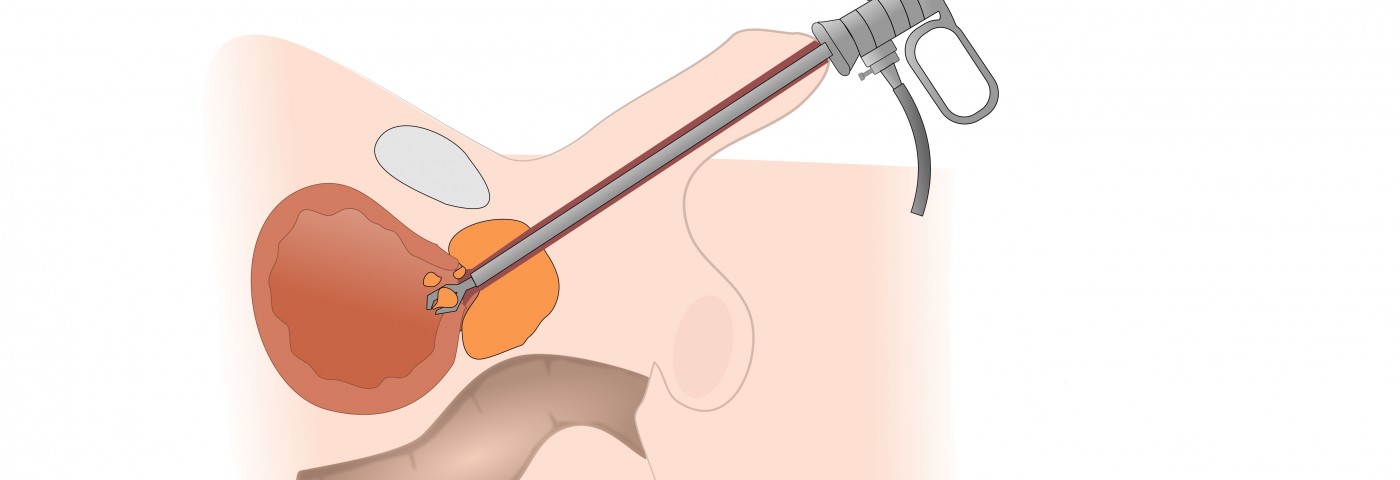BPH patients who do not respond to drug therapies often require surgery to improve lower urinary tract symptoms (LUTS) or — because of open surgery’s risks in older and less healthy people — may choose a newer, less invasive intervention. A study comparing two such minimally invasive techniques, bipolar versus monopolar transurethral resection of the prostate (B-TURP versus M-TURP) in elderly BPH patients with other chronic ills, was recently published in the journal Scientific Reports. It is titled “Bipolar versus monopolar transurethral resection of the prostate for benign prostatic hyperplasia: safe in patients with high surgical risk.”
By comparing prostate volume (PV) and urinary symptoms related to BPH, researchers found that both B-TURP and M-TURP were effective, although B-TURP was favored due to less adverse effects. TURP is an endoscopy technique that allows the visualization of the prostate through the urethra while removing tissue using heat conduction, also known as electrocautery. M-TURP uses just one electrode and depends on the body to conduct electricity, while B-TURP uses a saline solution allowing the energy and the two electrodes to remain confined at the resection site. As a result, B-TURP requires less energy/voltage compared to M-TURP, reducing the incidence of transurethral resection syndrome (TURS), a complication associated with this kind of intervention.
However, these BPH studies often excluded elderly patients with other comorbidities.
This study compared for the first time M-TURP and B-TURP in 163 patients, ages 75 and older, who also suffered from chronic diseases, including hypertension, diabetes, chronic bronchitis/emphysema, and cardiac dysfunction. Based on follow-up data from 149 patients one year after the surgery, researchers observed that International Prostate Symptom Score (IPSS) and urination symptoms were improved compared with values before the interventions (14 patients did not participate in follow-up consultations). By comparing the amount of bleeding, bladder irrigation time, indwelling catheter time after surgery, and duration of postoperative hospital stay, the authors concluded that B-TURP had better results and was, therefore, a better choice for this patient population. Both, however, aided in treating LUTS in elderly patients with other serious and chronic conditions.
“[E]ither B-TURP or M-TURP can be used effectively for treating elderly patients with BPH who have a high surgical risk by stabilizing comorbidities, carefully performing the operation, and carefully monitoring patients’ condition. Besides, B-TURP is a more sensible choice for patients with a poor general condition or with serious comorbidities because it has a lower prevalence of adverse effects” the authors wrote in their study.

